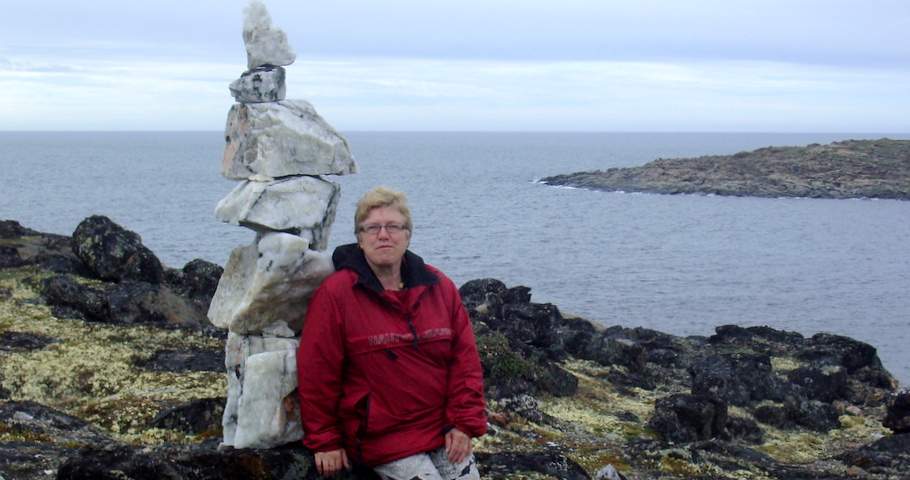No Child Should Take the Long Way Home seeks solutions that have been tried by other Canadians to keep apprehended children close to their communities as an alternative to flying them out thousands of kilometers away.
The Honourable Carolyn Bennett, M.D., P.C., M.P., Minister of Indigenous and Northern Affairs says it very well: ''Children are our future, and to give them the best possible start in life, we must collectively move from an intervention-based approach of apprehension and protection to prevention-based approaches to community, families and children's rights and well-being. Working in genuine partnership with First Nations is critical to developing community-led solutions for reform that will reduce the number of children in care and result in better health, education and economic outcomes.''
Poverty and food insecurity creates injustices
So many injustices in the child protection system seem to be geared to ensure the failure of families and ensure that kids end up in the cycle of hopping from one foster home to another, many times out of the territory. The claim that they cannot be cared for on territory is due to the fact that it is impossible to direct a child within an overcrowded household.Food insecurity in Nunavik communities has worsened
What happens in an overcrowded home? Let's say Mom and Dad in Nunavik struggle from month to month to pay the rent. Dad hasn't been called into work as the hospital guardian for a few weeks now and they can't make rent. Many of the other people in the house don’t work either because there are no jobs. The kids must eat: there isn’t much money and the food up North is so expensive. The food insecurity in Nunavik communities has worsened since 2004.Mum is frustrated; Dad is cracking up. There is so much tension in the house. Mum explodes, Dad throws books. One of them and others under stress pick up alcohol and self-medicate. There’s some yelling. A neighbor complains there is too much noise and ends up calling the police. The police charge Dad, he's in jail: Mum is now involved with Child Protection because that's what police do; they call Child Protection Services when there are children in the home.
Mum tells them that it's not their family’s routine behavior, but that's not good enough for the Child Protection Services. They demand that the parents stay apart and because there is no judge close by, the case drags on for months on end.
Since housing in Nunavik is attributed first to families who have children, the housing corporation says that since there are no children in the home, they must move. They are also cut from social services. They have to continue battling the Child Protection Services: they have to prove that they don't do drugs. They have to do a parenting program, month after month; they must get involved in anger management, another month...and so on and so forth. But there is no support for the family/ies living in that house.
Setbacks and poverty-related issues cause the child to remain in foster care
There is a risk the children will not ever come back. If ever Mum decides to have another child, the baby will be apprehended at birth on the notion of risk and its mother will have to fight to get it back. Most of the time, due to setbacks and poverty-related issues, the child will remain in foster care.In the meantime, the Child Protection Services are awarded more money for the apprehension of these children, and foster parents get paid to keep these children. Some families do great by their foster children, but that is not always the case.
Damage to the child’s self-esteem
As real life happens for others, the kids get the coldest room in the house, they get head lice and are not treated, they encounter neglect and other psychological trauma from being removed from their family home and being treated like second rate people in the foster home causing more damage to the child’s self-esteem and psychological makeup.Once a child is in the hands of the Child Protection Services, the family is marked for life and even after, when the child in care ages into adulthood. When this young adult ends up having a child, the Child Protection Services is already there, targeting the newborn for removal.








No comments:
Post a Comment